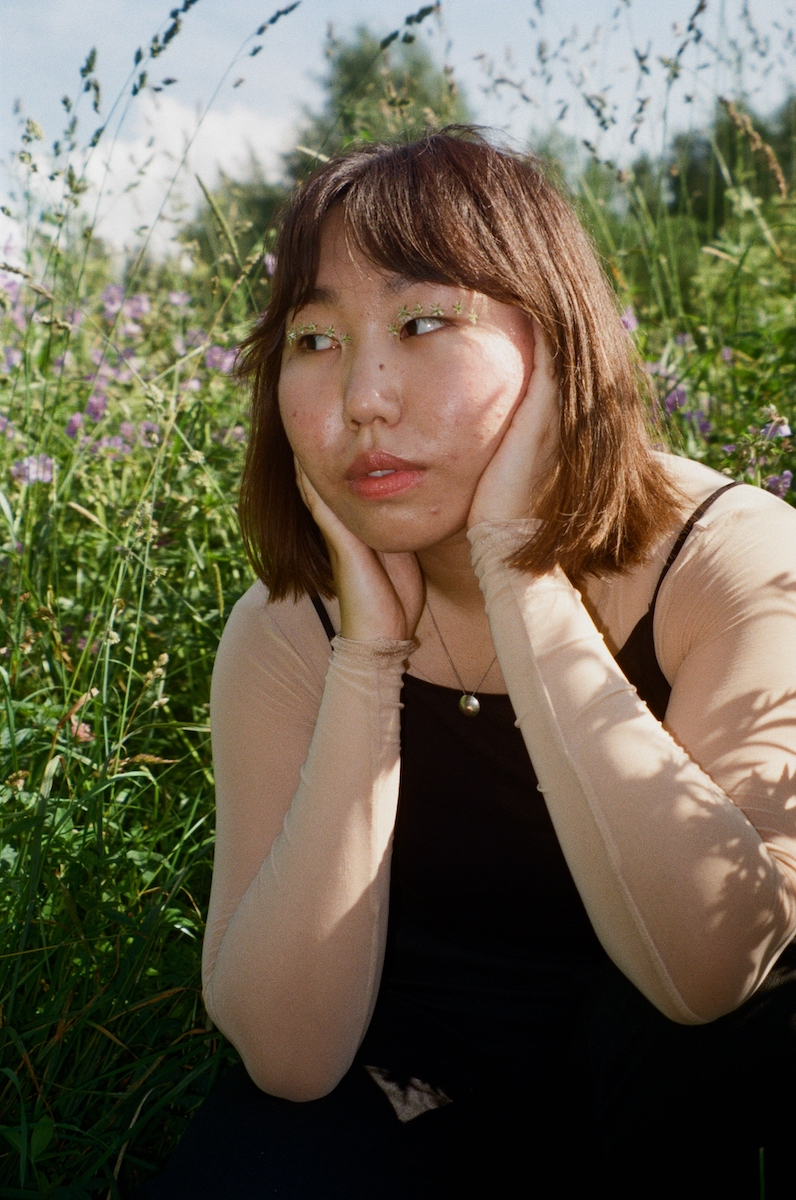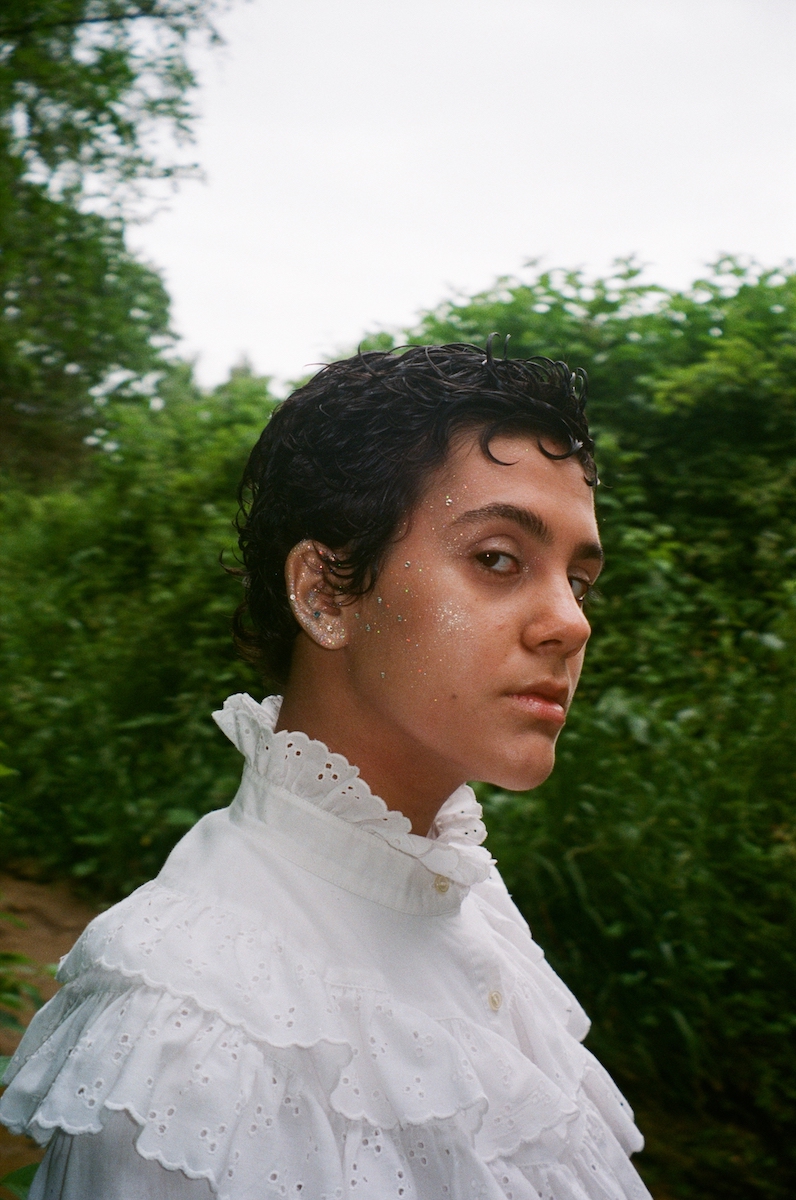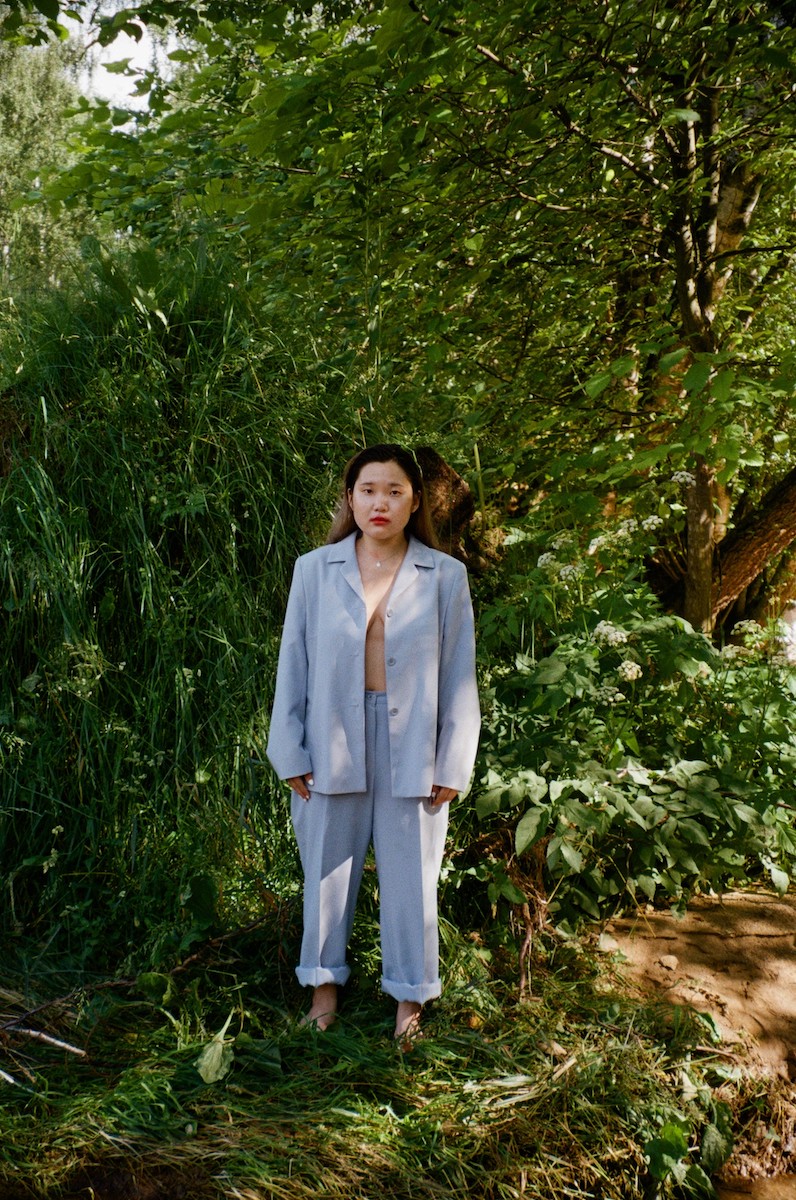Globally, Russia is often perceived as homogeneously white. In fact, it has more than 185 distinct nationalities, as well as a long history of immigration.
Agasshin wants to recognise Russia’s multiethnicity. The new beauty zine explores the lives of ethnic minorities in modern Russia, offering a space to discuss the racism that permeates the existence of the lives of young Russians with multi-ethnic or indigenous origins.

.jpg)
“Through our content, we want to create a language for addressing racism which we are lacking so far,” reads the Agasshin manifesto, released in September. “We can’t tolerate that most Russians close their eyes to the hatred that non-Slavic people face every day, or that the media believe diversity is about using the formula: ‘white model + Black model + Asian model’. We can’t accept that we still have to prove the very existence of these problems since ‘there was no slavery in Russia, and therefore there’s no racism.’ And most of all we are sick and tired of how lonely and voiceless we feel.”
Agasshin was founded in 2020 by Sonya Ahn with a group of her close friends. The immediate team includes editor Anya Ivleva, producer Anya Lupina, and photographers Dasha Zarubina and Marina Makeeva, but the founders are keen to find new collaborators.


At the same time, Agasshin is not simply a diversity platform, but a beauty zine. That notion of beauty certainly involves makeup, but also expands to the conversations about identity, self-expression, and self-love. Agasshin seeks to both redefine the eurocentric beauty standards and fight exotisisation, all while highlighting creativity of its community.
Agasshin’s first editorial features four heroines found through an Instagram open call. “It was important for us to do the first two shoots with anyone who wanted to take part, rather than experienced models with a large following,” Ahn says. “We wanted to emancipate our appearance, and show that it could exist in the public space or the media beyond an article about racism or an ad for Korean beauty products. We wanted these images to look mainstream – yet the way people praised our courage shows that there is a long way to go. These faces are human faces, which have equal rights for existence and representation.”